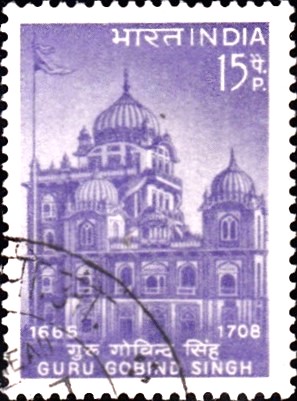
Guru Gobind Singh
A commemorative postage stamp on the 300th Birth Anniversary of 10th Sikh Guru, Guru Govind Singh Ji :
 Issued by India
Issued by India
Issued on Jan 17, 1967
Issued for : The Posts and Telegraphs Department is indeed proud to bring out a special stamp in honour of this great son of India on the 17th January, 1967, the occasion of his third birth centenary.
Type : Stamp, Postal Used
Colour : Violet
Denomination : 15 Paisa
Overall Size : 3.34 X 2.46 cms.
Printing Size : 2.99 X 2.1 cms.
Perforation : 13½ x 14
Watermark : Printed on unwatermarked paper
Number Printed : 20,00,000
Number per issue Sheet : 54
Printing Process : Photogravure
Designed and Printed at : India Security Press
Name : Gobind Rai
Born on Dec 22, 1666 at Patna, Bihar, India
Died on Oct 7, 1708 at Nanded, Maharashtra, India
About :
- The history of a nation is, to a great extent, the history of its great men and women. Our country has produced remarkable personalities, in every walk of life, through its long and chequered history. “It is undeniable“, writes Prof. Banerjee, the noted historian, “that Guru Gobind Singh must be counted among the greatest of Indians of all ages“. Gobind Rai (as he was known at birth), the only son of the ninth Sikh Guru Tegh Bahadur, was born at Patna in the year 1666. During his adolescence he learnt Sanskrit, Hindi, Punjabi, Persian and Arabic. What interested him even more was archery and shooting.
- When Gobind was only 9 years old, a deputation of Brahmins came to his father Guru Tegh Bahadur to seek his intercession as the Emperor Aurangzeb had embarked on a policy of religious persecution. It was left to Tegh Bahadur to take up the challenge. His exhortation to the people to stand firm was not liked by the Mughal Government. Aurangzeb got him arrested and finally ordered his execution in Delhi on his refusal to embrace Islam. Having witnessed the tyranny and oppression of Aurangzeb and the martyrdom of his father, Gobind knew clearly what his mission in life would be. He thus wrote of his mission, “I came in the world charged with the duty to uphold the right in every place, to destroy sin and evil…that the good may live and tyrants be torn out of their roots.“
- Early in 1699, he decided to proclaim his life’s mission. In a huge gathering at Anandpur thousands of men and women received the baptism of the sword at his hand. In his new order – the Khalsa – he abolished caste and customs, old rituals and outmoded beliefs. He proclaimed complete quality between man and man. Men of all castes were made to eat from the same bowl. He said “Men quarrel over diet, dress, ritual and over caste, community and creed and have thus torn man from man, My mission is to restore mankind to a single brotherhood.” He thus raised an army of soldier-saints who would wield arms only in a righteous cause. His motto was : “Manas ki jat sab ek hi pahchanbo” – Know all mankind as one caste. He told the gathering “I’ll call myself Gobind Singh only if I can make the meek sparrows pounce upon the hawks and tear them; only if one combatant of my force equals a lakh and a quarter of the enemy.” Thus a new people was born – bearded, beturbaned, fully armed and with a crusader’s zeal to establish a new order.
- Having created a militant force Guru Gobind Singh and his men repulsed a number of attacks by the Mughal army inflicting heavy losses on the Imperial forces. Emperor Aurangzeb finally decided to destroy the Guru and his followers and ordered the despatch of all available troops. Though outnumbered, the Guru and his men defended the fort at Anandpur and inflicted heavy losses on the Mughal army. The Mughal army finally decided to cut off supplies to starve the Guru and his men to submission. The Guru‘s two youngest sons while being led out to safety, were captured by the Nawab of Sirhind and brutally murdered. The Guru‘s mother died of shock on hearing the news. The Guru‘s two elder sons also died valiantly fighting the Mughal army at Chamkaur. The Guru had in the meanwhile escaped from Anandpur and on getting information about his two young sons and his mother he dug out a shrub with his knife and said, “Just as I have torn this shrub from its roots so shall this tyrannous empire be destroyed, root and branch.“
- Guru Gobind Singh having suffered military reverses, was advised by Aurangzeb to surrender. In reply the Guru wrote in Persian the ‘Zafarnama‘ or ‘The Letter of Victory’ to Aurangzeb. This letter breathes defiance and contempt for earthly power, yoked to tyranny and sin, and lays down the eternal rule that he alone wins in the end whose cause is just.
- In 1707 the Guru departed towards the Deccan via Rajputana. It appears it was the Guru‘s wish to integrate his forces with those of the Rajputs and the Marathas and give decisive battle to the Mughals. It was at Nanded that the Guru passed away at the young age of forty-two after being stabbed with a dagger by a hireling of the Nawab of Sirhind.
- Despite his short span of life he occupies an outstanding position in the chequered history of our country not only because of his military successes but for his work in the social and ethical spheres.
- Latif the famous historian says of Guru Gobind Singh, “He was a law giver in the pulpit, a champion in the field, a king on his ‘masnad’ and a faqir in the society of the Khalsa.” Dr. Gokul Chand Narang another historian has said, “Though he did not actually break the shackles that bound his nation, he had set their souls free, and filled their hearts with a lofty longing for freedom and ascendancy.“


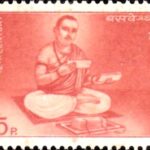
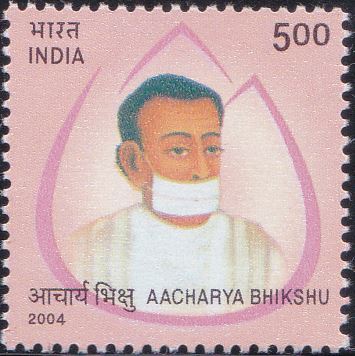
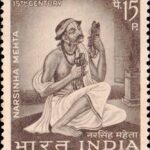
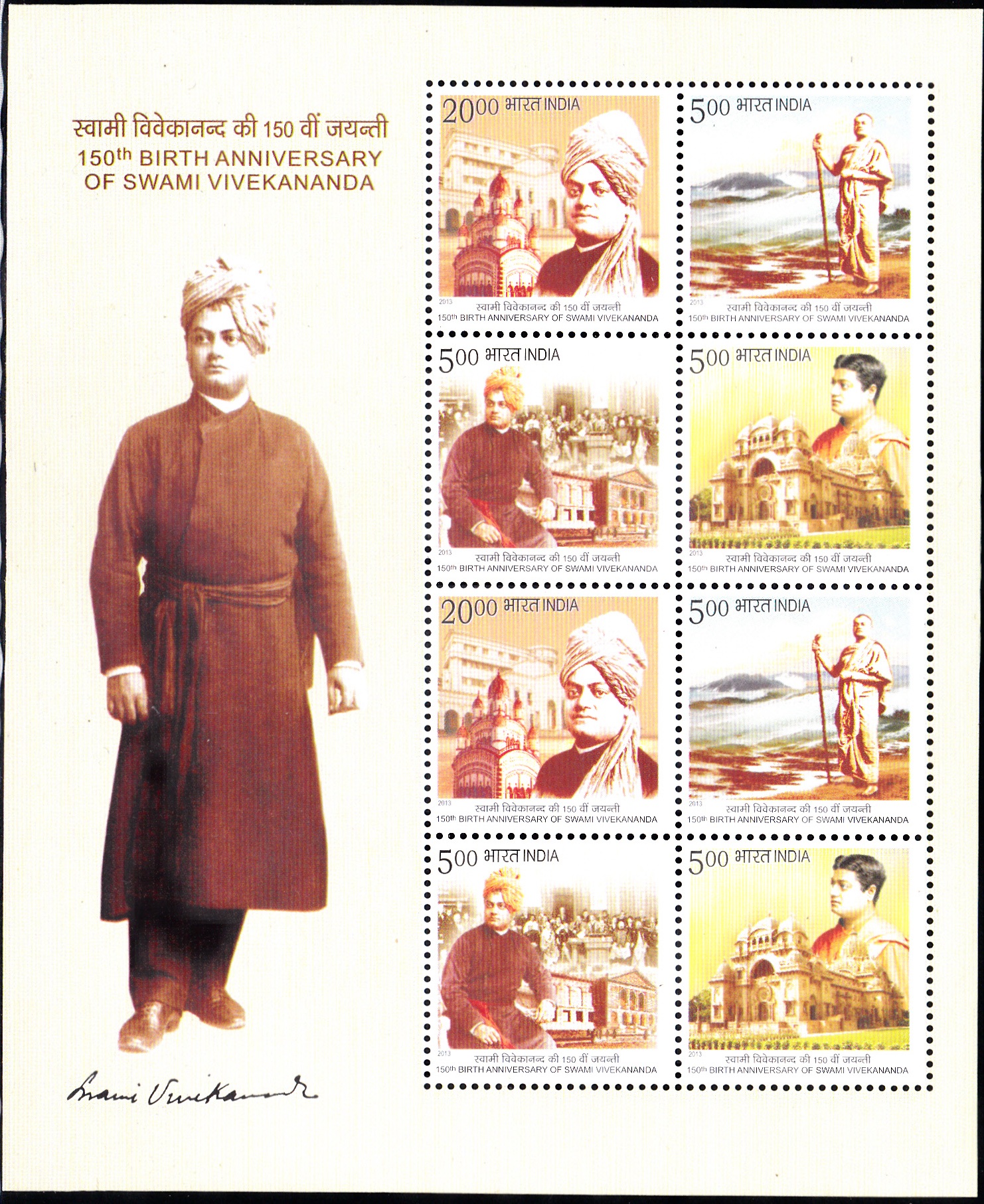
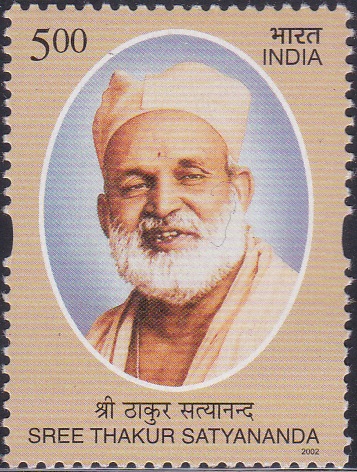
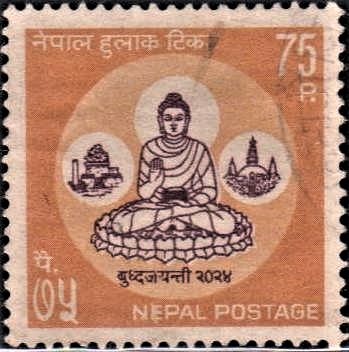
[…] brother Sardar Bagh Singh. They took young Jassa Singh to Delhi in 1723 to seek the blessings of Guru Gobind Singh‘s spouse, Mata Sundarji, who lived in Delhi at that […]
[…] Bhai Jeevan Singh, popularly known as Bhjai Jaita Singh, assumed a significant place in the history of Sikhs in India. He was born on 13th December 1661 at Patna in the house of Bhai Sada Nandji and Mata Premoji. The ninth Guru of Sikhs, Sri Guru Teg Bahadur himself gave him the name Jaita. The early life and childhood of Bhai Jaita was spent in the family of Sri Guru Teg Bahadur and he grew up along with Gobind Rai (Sri Guru Gobind Singh Ji). […]
[…] Kanhaiyaji, the disciple of Guru Tegh Bahadur Sahib and Guru Govind Singh Ji was an epitome of humility, devotion and loyality to his Guru and Service to mankind without any […]